User Retention in Mobile: 7 Ways to Engage and Retain App Users
Let me introduce you to a word. You might know it already. You might be even aware of its importance. But you are here. This means that you want to...
4 min read
Anurag : May 3, 2017 12:00:00 AM
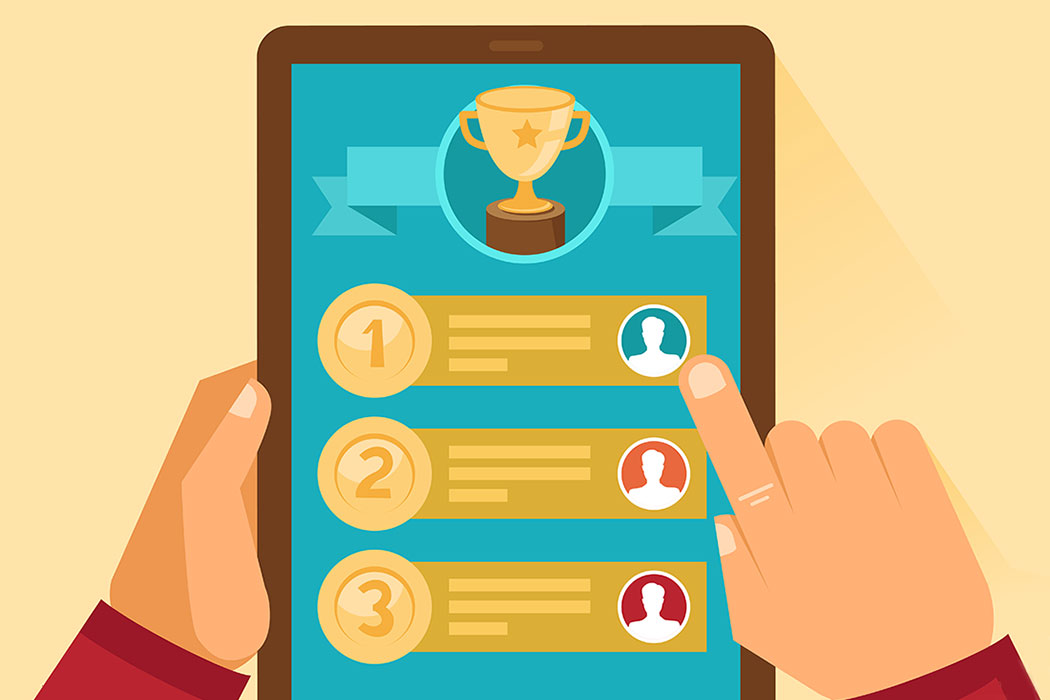
User engagement is the key to make or break an app. It determines how popular, well-accepted and profitable your app is going to be. But keeping a user engaged with an app is no small task. They lose interest. Even if your app is a value add, it is bound to be forgotten by the user if it is not interesting enough. No matter what the core offering of your app is, users need excitement around apps to continue using them.
This is where gamification comes in. It is a marketing tactic which motivates your app users to engage with the app and earn rewards. Doesn’t it feel good when your step-tracker tells you that you crossed a personal step count goal? And you can tell your friends about it? That is what the game is all about.
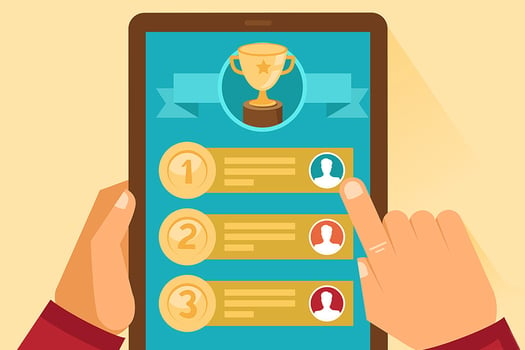
Gamification involves using game principles and design elements in a non-gaming context. Games are dopamine releasers - dopamine is a chemical released by our brain when we experience pleasure. Dopamine is generally released when you are happy, recognized, excited, get rewarded or win something.
Gamifying apps lets users compete with others or their own goals - and outdoing someone gives us satisfaction - this is basic human psychology. It helps trigger a sense of achievement and thus motivates them to use your app more. Bringing in this experience into any non-game app and you instantly make the app more pleasurable for users.
The best part about it is,you dont need to redesign or redo your website or mobile app completely. If your app is already doing well, gamification can act like the cherry on top. It can increase user engagement by offering a fun experience to users and improve interaction, loyalty and drive sales.
Motivation to do anything generally centers around recognition, rewards and a feeling of achievement. This is what the gaming experience intends to add to app usage. You can reward users with points, leaderboard scores, badges and so on.
Simple games with rewards can exponentially increase the user engagement. A travel app with a photo quiz, a badge for checking-in to a location using the app more than 10 times, recognition for beating a friend’s exercise stats - all these can make users open and use your app more.
Even actual rewards work great - limited-time offers, discounts, loyalty cards - they have all been tried and tested. Such rewards help drive user engagement as well as increase the business’s revenue.
What works for one app might not work for another. The primary task in defining a good strategy is to define your business objectives and plan the gamification program around that. Setting the objectives and the ultimate goal helps you plan the right gaming strategy for your app.
Identify the target audience - their age group, their interests and consider these when shaping your gaming strategy. Analyze consumer behavior regularly - analytics can play a big role in defining how your strategy should be developed and how successful it will be
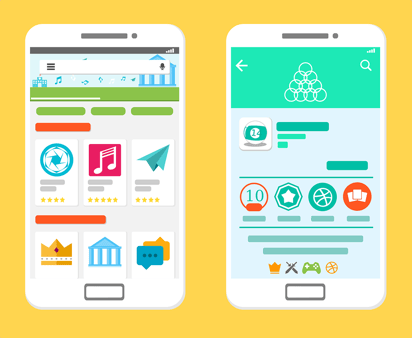
Before creating a draft for strategy and design, understand customer expectations. The journey afterall is of the user, not yours. Design the experience in such a way that users stay engaged throughout their app journey and do not lose interest or excitement at any point.
It is important for your strategy to maintain user interest. Inform them of where they stand right now, what their next achievement could be and how to reach there the fastest.
Tangible rewards and achievements like leaderboard positions, badges, discounts seem more real to users and add value to their app experience. Don’t offer intangible rewards which are not clear or cannot be flaunted or used.
All said and done, the design that you go with determines to a large extent how users will engage with your app. Keep it simple. Users are bound to get confused with complicated gaming rules.
When it comes to gamifying, social sharing platforms cannot be missed. Don’t forget to integrate platforms like Facebook, Twitter etc into your game. This helps users share their achievements easily and adds to the feel-good factor.
Keep checking user reviews and feedback regularly. Update and optimize your gaming strategy based on these inputs.
People feel motivated when they are in charge or have the freedom to make decisions. Before gamifying your app, consider questions like - where can you involve users? Can their feedback determine the app’s flow in real time?
Add features which make users feel more competent. Focus on the UX.
Here are some examples of gamified apps that work well

If you are looking for more gamified apps that can help you become productive, here's a great list.
While it sounds like a fool-proof marketing tactic, it can backfire if not implemented right. Implementing it in your app requires advanced planning, great UI/UX skills, knowledge of what works and technical expertise. You should evaluate whether your app is appropriate for introducing a gaming strategy - and this is something which comes with experience. Without proper planning, gamifying an app could be a disaster.
It is best to approach a professional app development company that has a track record of gamifying apps. This can help you leverage their experience and develop a gaming strategy that works for your app and target audience.
Want to build a gamified version of your app and increase user engagement? Lets get talking
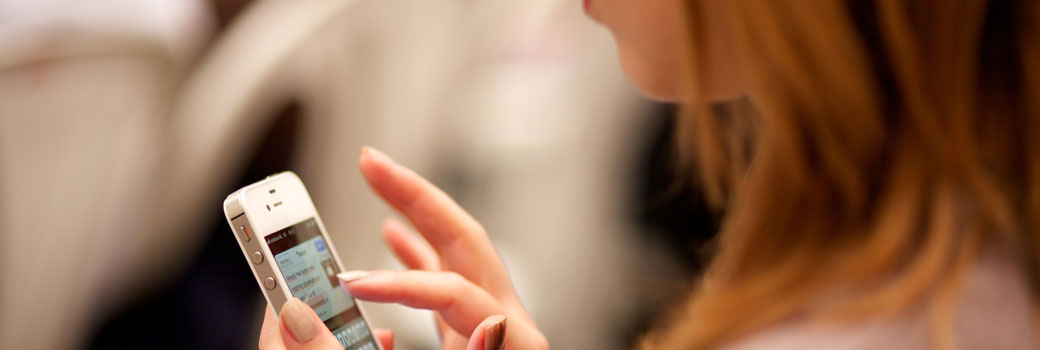
Let me introduce you to a word. You might know it already. You might be even aware of its importance. But you are here. This means that you want to...
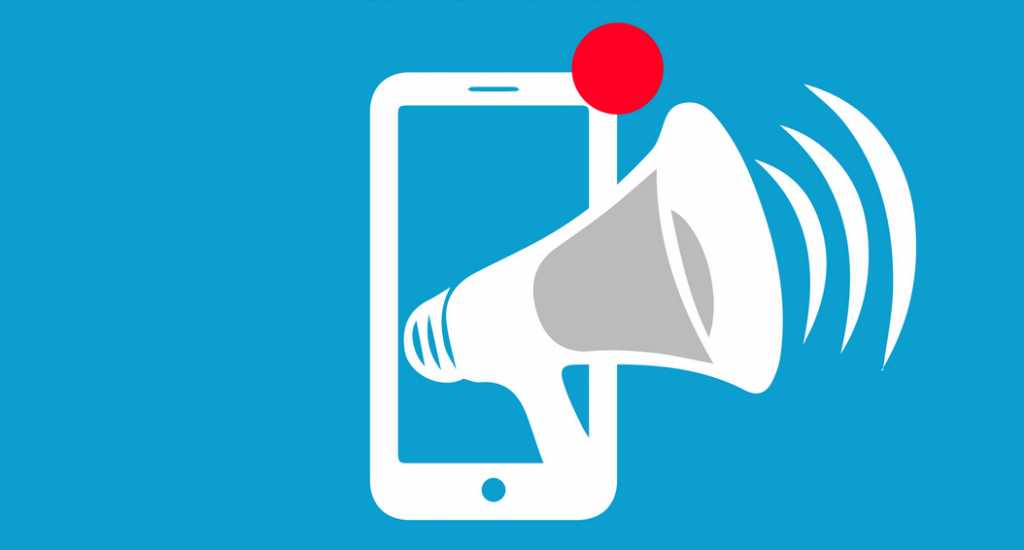
For those new to mobile marketing, Push notifications are used by apps which are currently closed to convince users to open them. Push Messaging is...